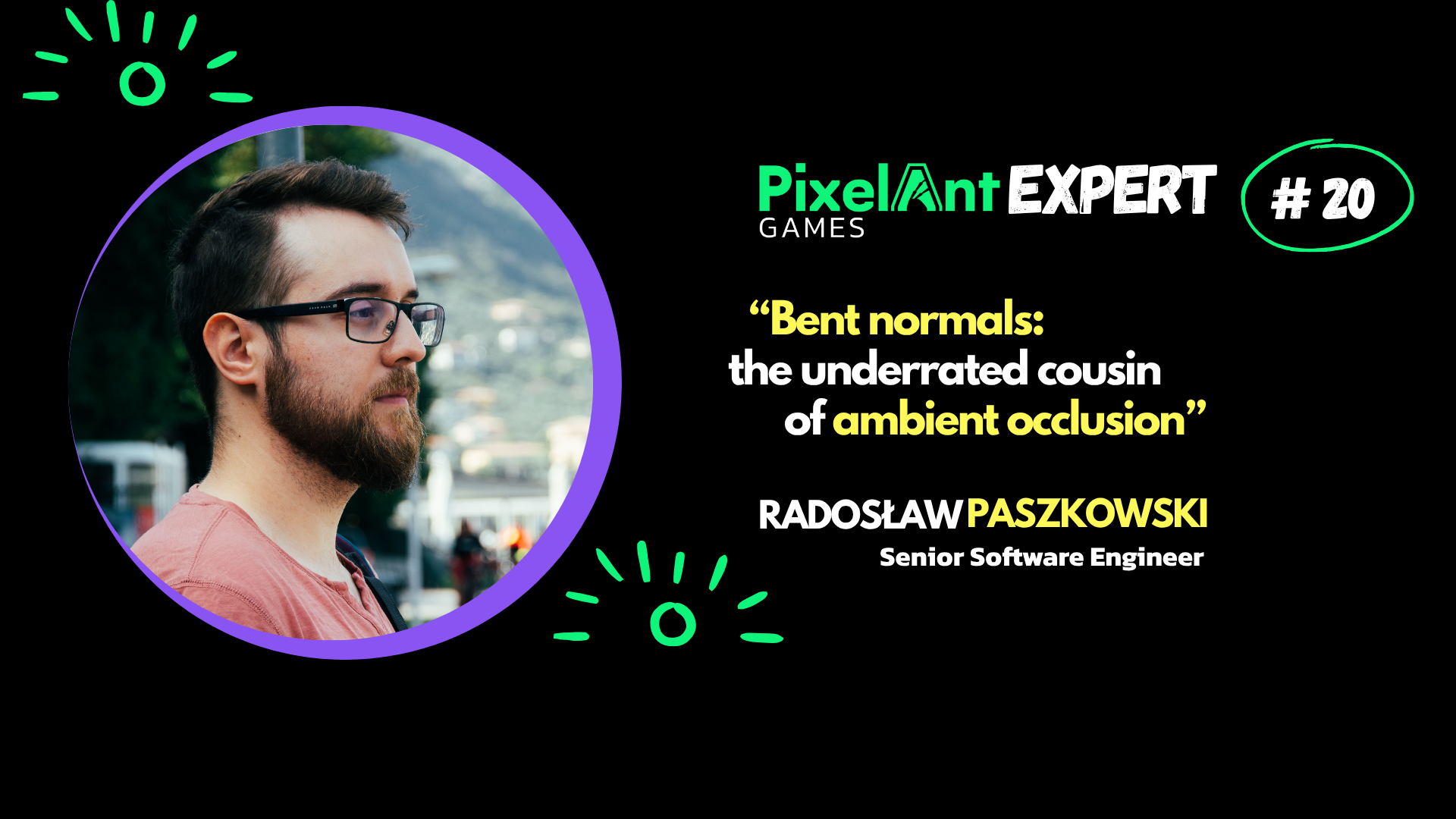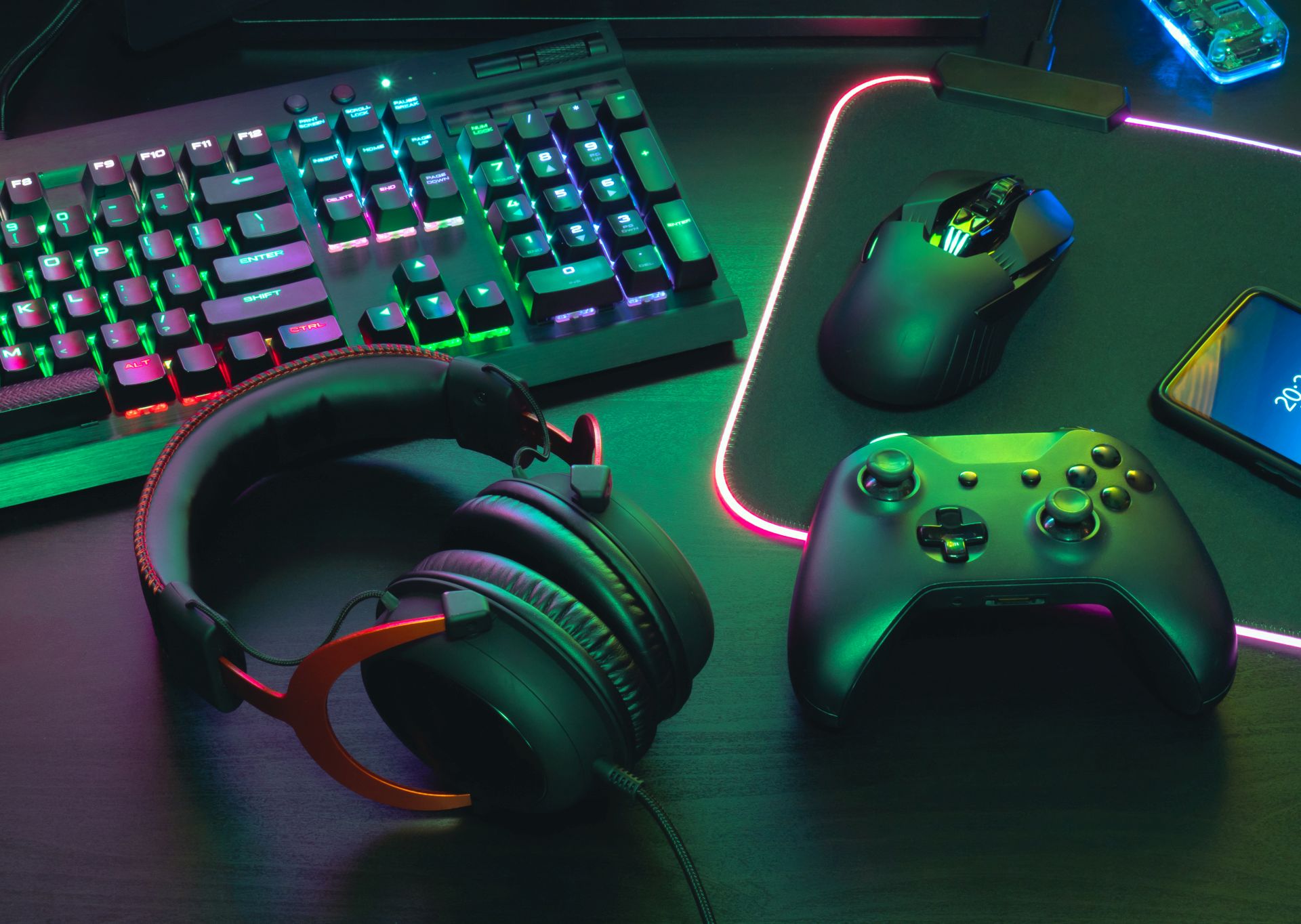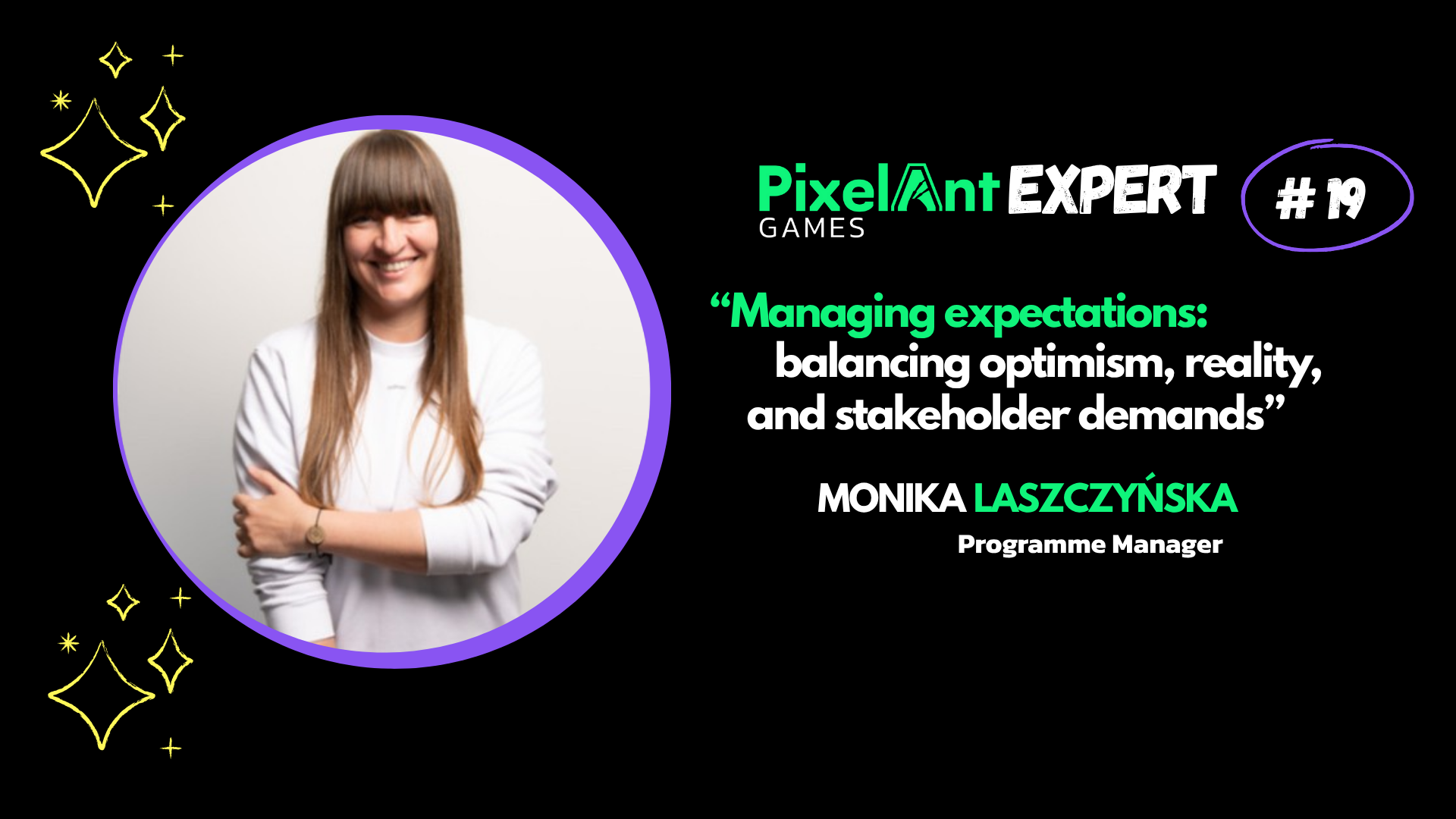
Don’t just light it – understand it: Direct and Indirect Illumination explained

Great lighting brings your game to the next level. Here are the basics you need to know.
Lighting in games has evolved significantly over the last decade, and choosing the right direct and indirect illumination solutions is a crucial decision for every project.
But first, we need to understand what direct and indirect illumination are and how they relate to lighting the scene.
Direct Illumination
Direct Illumination (DI) refers to light that comes directly from a light source and hits a surface without interruption.
While the term may not be widely used, the techniques that contribute to direct illumination are well-known, including forward and deferred rendering.
Additionally, shadow maps simulate shadows cast by a light source, and in this context, they are another technique used to simulate direct illumination.
The latest methods of calculating direct illumination include raytracing, e.g., Megalights or RTXDI.
Global or Indirect Illumination
Global or Indirect Illumination (GI) is used to describe light that travels from a light source, bounces off other geometry and objects in the scene, and then hits the surface from which we are sampling color.
Calculating it is more complex and resource-intensive, as the lighting for any point on the screen can come from any direction.
Because of that, it’s a really interesting and hot area of development for real-time rendering, and over the years, many techniques have been developed to simulate GI, for example, ambient lighting, baked lightmaps, light probes, radiance volumes, and many others.
Currently, the most popular GI solution is raytracing (or similar, e.g., conetracing). Examples of such techniques are ReSTIR, Lumen, SVOGI, RTXGI, or Radiance Cascades.
Global Illumination and Indirect Illumination are commonly used interchangeably; however, in some cases, Global Illumination can refer to a combination of direct and indirect lighting.
Learn more here:
Scratchapixel.com
Global Illumination in Games
Tech Focus: Global Illumination – What It Is, How Does It Work And Why Do We Need It? (video)
